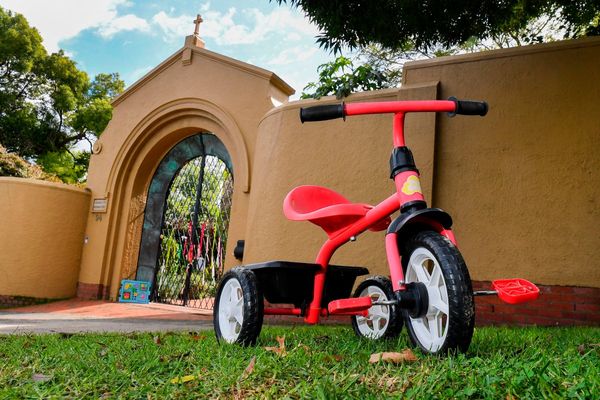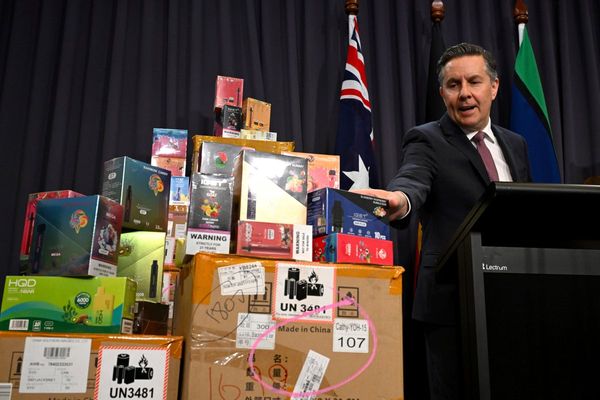
On 10-02-2022, the repo rate stayed steady at 4.00%, and the repo rate was increased to 4.40% at the RBI's MPC meeting on 04-05-2022, and the repo rate was hiked to 4.90% at the previous MPC meeting on 08-06-2022, meaning a total repo rate rise of 0.90% for the fiscal year 2022. Because of the 90-bps increase in the repo rate, lenders such as banks and other financial institutions will raise their lending rates appropriately, which in turn will cause your EMIs to go up, resulting in a hurdle to managing your personal finance. A day after the Reserve Bank of India (RBI) increased the repo rate by 50 basis points (bps), other major banks such as Bank of India (BoI), Bank of Baroda (BoB), and Punjab National Bank effectively lifted their external benchmark lending rate.
PNB
The bank has mentioned on its website that “The RLLR has been changed from 6.90% to 7.40% {Repo Rate (4.90%) + Mark-up (2.50%)} w.e.f. 09-06-2022 for existing and new customers. Along with RLLR BSP of 25 bps will be charged."
The RLLR, as the name implies, is linked to the repo rate set by the RBI and is changed on a routine basis. This implies that if the RBI changes the repo rate, it will influence your home loan interest rate and, as a result, your EMIs will go up.
BoB
BoB changed the interest rate on certain retail loans linked to the Baroda Repo Linked Lending Rate [BRLLR] on June 9, 2022. The bank has mentioned on its website that “For Retail Loans applicable BRLLR is 7.40% w.e.f. 09.06.2022 (Current RBI Repo Rate:4.90%+Mark-Up-2.50%), S.P.0.25%."
Currently, interest rates on home loans at Bank of Baroda vary from 7.40 per cent to 8.75 per cent, translating to a 0.9 per cent increase in EMI for outstanding customers. Customers who get a home loan, mortgage loan, car loan, education loan, personal loan, or any other retail loan product would be impacted by higher interest rates because all retail loans are linked to the BRLLR (External benchmark-Repo linked rate). With this change in the BoB BRLLR, home loan rates begin at 7.40 per cent, car loan rates begin at 7.90 per cent, mortgage loan rates begin at 9.10 per cent, and education loan rates begin at 7.15 per cent.
Bank of India (BOI)
BOI has mentioned on its website that “The effective RBLR w.e.f from 08/06/2022 is 7.75% as per the revised Repo rate (4.90%)." As a result, borrowers will face higher interest rates on bank loan products such as Star Top Up Loan, Star Personal Loan Scheme, Home Loan, Star Pensioner Loan Scheme, Star Vehicle Loan, Star Educational Loans, Pradhan Mantri Kaushal Rin Yojana, Star Loan Against Property, and all other loan products.
Central Bank of India
The public sector lender increased the RBLR (4.40 percent +2.85%) + CRP to RBLR (4.90 percent +2.85%) + CRP. The bank's declaration dated 09.06.2022 and a 50 basis point increase will affect borrowers who use the bank's retail loan products such as housing loans, auto loans, school loans, personal loans, and other loans that are linked to the benchmark-linked lending repo rate.
In response to the RBI Monetary Policy Meeting on Wednesday, where the governor, Shaktikanta Das, announced a repo rate rise of 50 basis points, Mr. George Alexander Muthoot, MD, Muthoot Finance, stated that "In the light of the uncertainty of persisting geopolitical tensions, concerns over rising global inflation and escalation in global crude oil prices and other commodities, we had expected the RBI to hike interest rates in consonance with the recent off-cycle policy meeting. The RBI has further hiked the repo rate by 50bps to 4.9% and will be focused on 'withdrawal of accommodation' to ensure inflation remains within target going forward while supporting growth. RBI further retained its FY23 GDP forecast at 7.2% on the back of recovery in urban demand and improving rural demand conditions along with expectations of normal monsoon. The push from the government on capex and increase in capacity utilization is likely to bolster well domestic economic activity. The RBI has also reiterated that they will ensure adequate liquidity in the banking system for productive purposes of the economy. We are optimistic that with pick up in both urban and rural demand, there will be a pick-up in demand for gold loans in the industry in the upcoming quarters."
As of now, the banking system has already started revealing to us that loan products will become more expensive as banks raise interest rates further, and higher EMIs will impact borrowers to become debt-free sooner, but retail investors looking for a fixed income from bank deposit products will rejoice as banks may raise interest rates on fixed deposits and savings accounts soon, which is good news for debt investors who find equity markets riskier to invest in.







